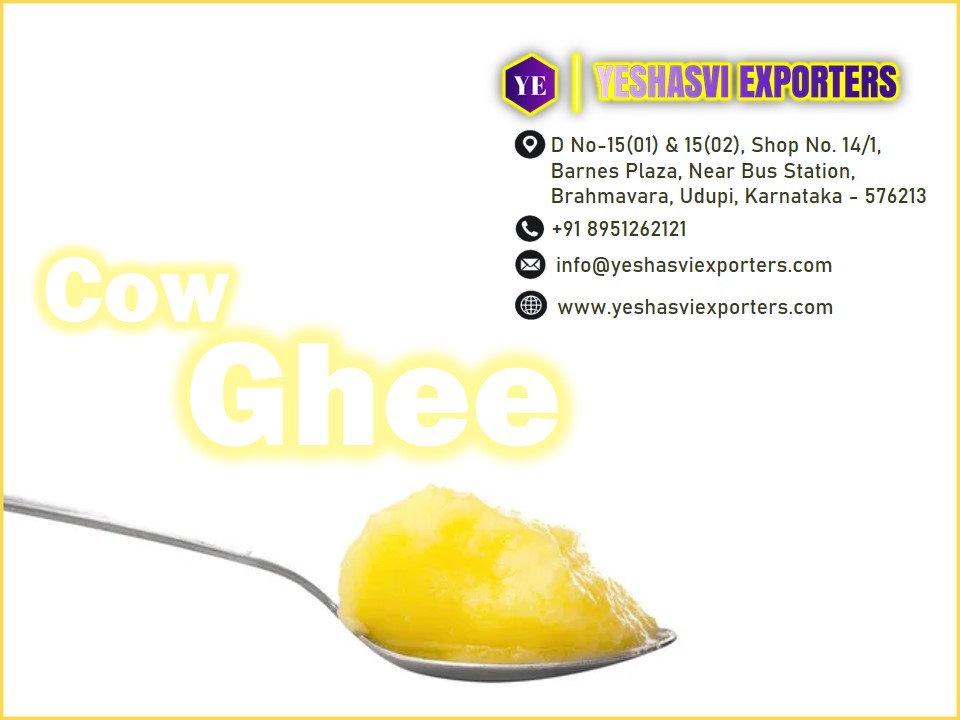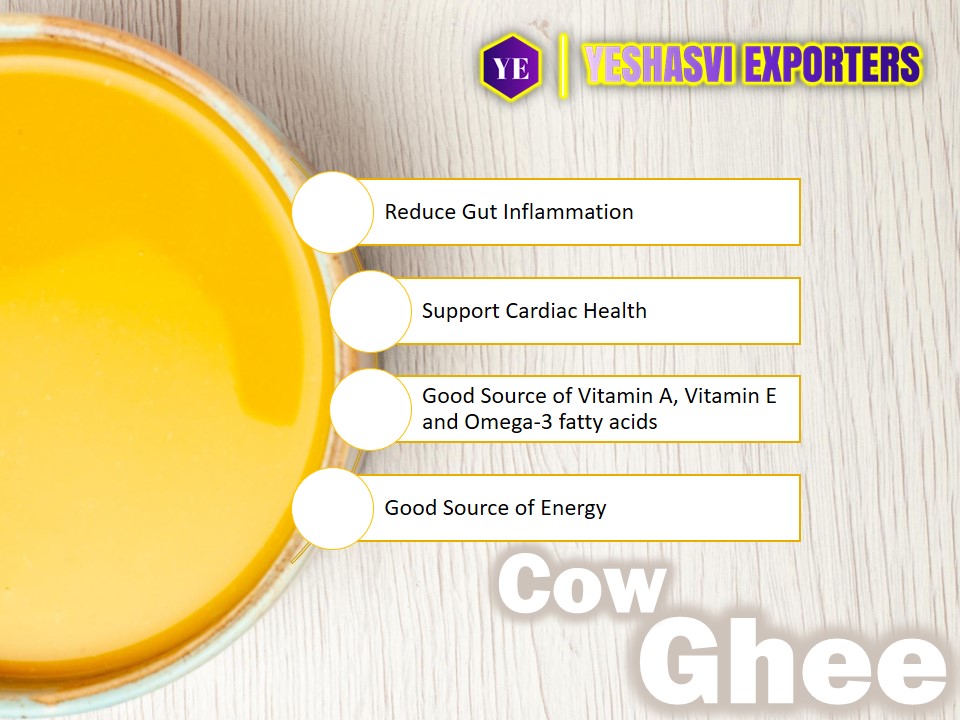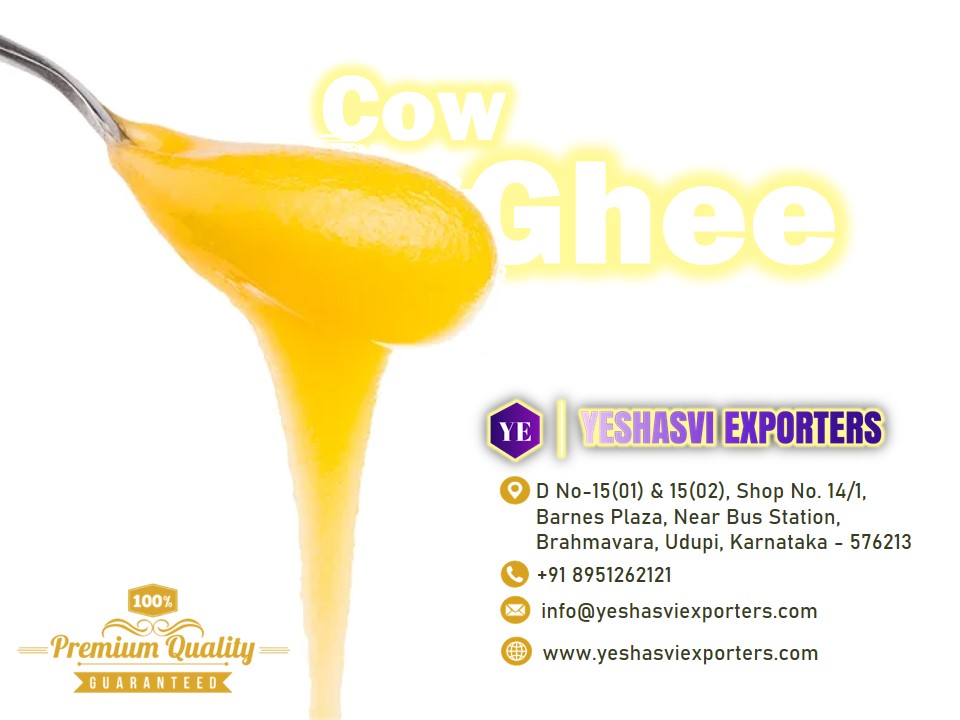Ghee makhni butter:
Three different kinds of fats, ghee, makhni, and butter, are frequently used in Indian cooking.
Clarified butter is known as "ghee," and it is frequently used in Indian cuisine. It is created by simmering butter, which separates the pure butterfat from the milk proteins and causes the water content to evaporate. After straining the leftover golden liquid, ghee, which has a rich and nutty flavor, is produced. Indian cuisine frequently uses ghee for sautéing, frying, and flavoring.

Makhni: The Hindi word "makhan," often spelled "makhni," means "butter." It usually refers to a particular type of butter sauce that is used in dishes like Makhni Dal (butter lentils) and Makhni Chicken (butter chicken) in Indian cuisine. Makhni Butter, tomato puree, cream, and a mixture of spices including cumin, coriander, and garam masala are the usual ingredients used to make the sauce. It tastes rich, creamy, and just a little tart.
Butter: Made from cream, typically from cow's milk, butter is a dairy product. Due to its flavor and capacity to give foods more richness, it is frequently used in baking and cooking. It is solid fat at room temperature. Butter is frequently used for frying, sautéing, baking, and as a spread in a wide range of cuisines around the world.
In summary, butter is a dairy product used in cooking and baking, ghee is clarified butter, and makhni is a butter sauce. They are all frequently used in Indian cuisine for various purposes, and each has a special flavor and culinary use.
Ghee usage in different aspects:
Ghee is a sort of clarified butter that has been utilized for ages in both culinary and medicinal applications. Here are some frequent applications for ghee:
Cooking: Because ghee has a high smoke point, it can be used at high temperatures without burning or emitting toxic smoke. For frying, sautéing, roasting, and baking, it is frequently used in Middle Eastern, South Asian, and Indian cuisines. Ghee gives dishes a deep, nutty flavor and is prized for its capacity to improve the flavor of spices and other ingredients.
Baking: Instead of using butter or other fats, ghee can be used in baking. For baked goods like cookies, cakes, and pastries, it can provide moisture and a rich flavor.
Flavoring Ghee is frequently Ghee is frequently used to add flavor to foods like rice, lentils, and curries. To give the meal richness and depth of flavor, add it towards the end of cooking.
Spreading ghee on bread, toast, or other baked goods allows you to use it as a condiment, much like butter or margarine. It can also be drizzled over vegetables to add flavor or used as a topping for popcorn.

Ghee has been employed in traditional Ayurvedic medicine as a carrier for herbs and spices because it is thought to aid in the delivery of these substances' therapeutic effects to the body. Additionally, ghee is employed in Ayurvedic procedures like oil pulling, where it is swished in. promoting oral health by the mouth.
Skincare: As noted in the preceding paragraph, ghee is renowned for its possible advantages for the skin. It works as a natural moisturizer, skin nourisher, and skin soothes when applied topically.
Ghee has been employed in many different religious and cultural rituals and celebrations around the world. In Hindu religious rites, it is presented as an offering. During festivals, it is utilized as fuel for traditional oil lamps.
Food preservation: Ghee has a long shelf life because of its high fat and low moisture content, which aids in food preservation. Certain foods, including pickles, can be preserved using it by being covered in a layer of ghee to keep them from rotting.
Despite the fact that ghee has a wide range of culinary applications and potential medical benefits, it should be used in moderation as part of a balanced diet due to its high saturated fat content. It is always advised to speak with a medical practitioner or a trained nutritionist before making any significant dietary adjustments.
Is ghee clarified butter healthy?
When ingested in moderation as part of a balanced diet, ghee, a type of clarified butter, is thought to have possible health advantages. It has long been utilised in traditional Ayurvedic treatment. Here are some things to think about with regard to ghee's health benefits:
Ghee has a high fat content and is mostly made up of saturated fats. While saturated fats have historically been thought to have a deleterious impact on health, current research has refuted this idea and contends that the effects of saturated fats may actually vary depending on a person's lifestyle, diet, and level of health. Saturated fats should still be consumed in moderation as part of a balanced diet, though.
Enhancer of flavor: Ghee is renowned for its nutty, rich flavor, which improves the flavor of food. Ghee can enhance the flavor of foods by giving them depth and richness when used sparingly. Ghee, when used sparingly, can enhance the flavor of foods, making them more gratifying and pleasant.
Ghee is employed in ancient Ayurvedic medicine due to its potential for enhancing digestion, boosting the immune system, encouraging brain health, and enhancing skin health. The scientific evidence for these claims, it's crucial to remember, is scant, and further investigation is required to properly comprehend the medicinal effects of ghee.

India is the best to import ghee makhni butter
India is a major producer and supplier of ghee, makhni butter, and other dairy products, and there are a number of reasons why importing these items from India might be advantageous for a business.
Products of excellent quality: Indian dairy products are renowned for their excellence and purity. Pure milk is used to make Indian ghee and makhni butter, which are also devoid of synthetic coloring, flavoring, or preservatives. A firm may acquire premium dairy products from India by importing them, which might help it develop a clientele of devoted customers.
Large and expanding, India's dairy sector has a high production capacity to suit domestic and worldwide demand. This implies that a company that buys ghee and makhni butter from All year round, India can have a reliable supply of these goods.
Cost-effective: India is renowned for manufacturing premium dairy goods at reasonable costs. A company may retain its profit margins and keep its product pricing competitive by importing ghee and makhni butter from India.
Cultural significance: For their rich flavor and long history of usage in Indian cooking, ghee, and makhni butter are essential ingredients. A company that imports these goods from India may capitalize on this cultural importance and market to a larger market.
Supply chain diversification: Bringing in ghee and makhni butter from India may assist a company's supply chain to become more diverse, lowering the risk of supply chain interruptions brought on by natural catastrophes Political unrest or other unforeseeable circumstances in nations where they typically purchase dairy goods.